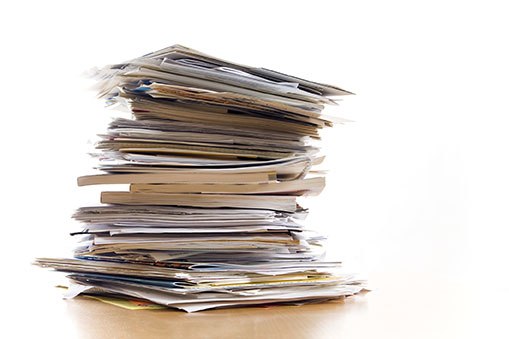The Olympics of Court Reporting

Nearly every deposition has at least one exhibit marked
during it, and, believe it or not, there are good and bad ways to handle the
use of exhibits in depositions to ensure an easily readable transcript and
minimize confusion.
A little bit of preparation before the deposition goes a
long way. Bring a file folder with your anticipated exhibits, collated (a copy
for you, a copy for the witness, and a copy for opposing counsel) so you don’t
have to shuffle papers and frantically look for the right exhibit (which also
could take you off of your mental game).
When you need to have the exhibit marked, be sure to pause
to allow the court reporter enough time to mark the exhibit and note it in the
exhibit log. To mark the exhibit, the court reporter has to take their focus
off of taking down the testimony, so it’s important to pause.
Once the exhibit is marked and questioning resumes, if you
quote from the exhibit, make every effort to not intersperse side commentary
with the material you’re quoting. This will assist in making the transcript
easily understandable by those who weren’t there or who don’t have the benefit
of having the exhibit in front of them.
Finally, when you’ve finished with one exhibit, instruct the
witness to either hand the exhibit to the court reporter or to start creating a
pile of marked exhibits. At the end of the deposition the court reporter has to
ensure they have all of the original exhibits to attach to the certified final
transcript, and it’s not an uncommon occurrence for a witness to accidentally
leave the deposition with a few original exhibits in their possession. This
causes a hassle for all involved and can cause a delay in getting the certified
final transcript to the taking attorney.
Call Durham Court Reporting now to book your next deposition: 919-682-7757 or you can easily book online with our online scheduler: https://durhamcourtreporting.com/schedule